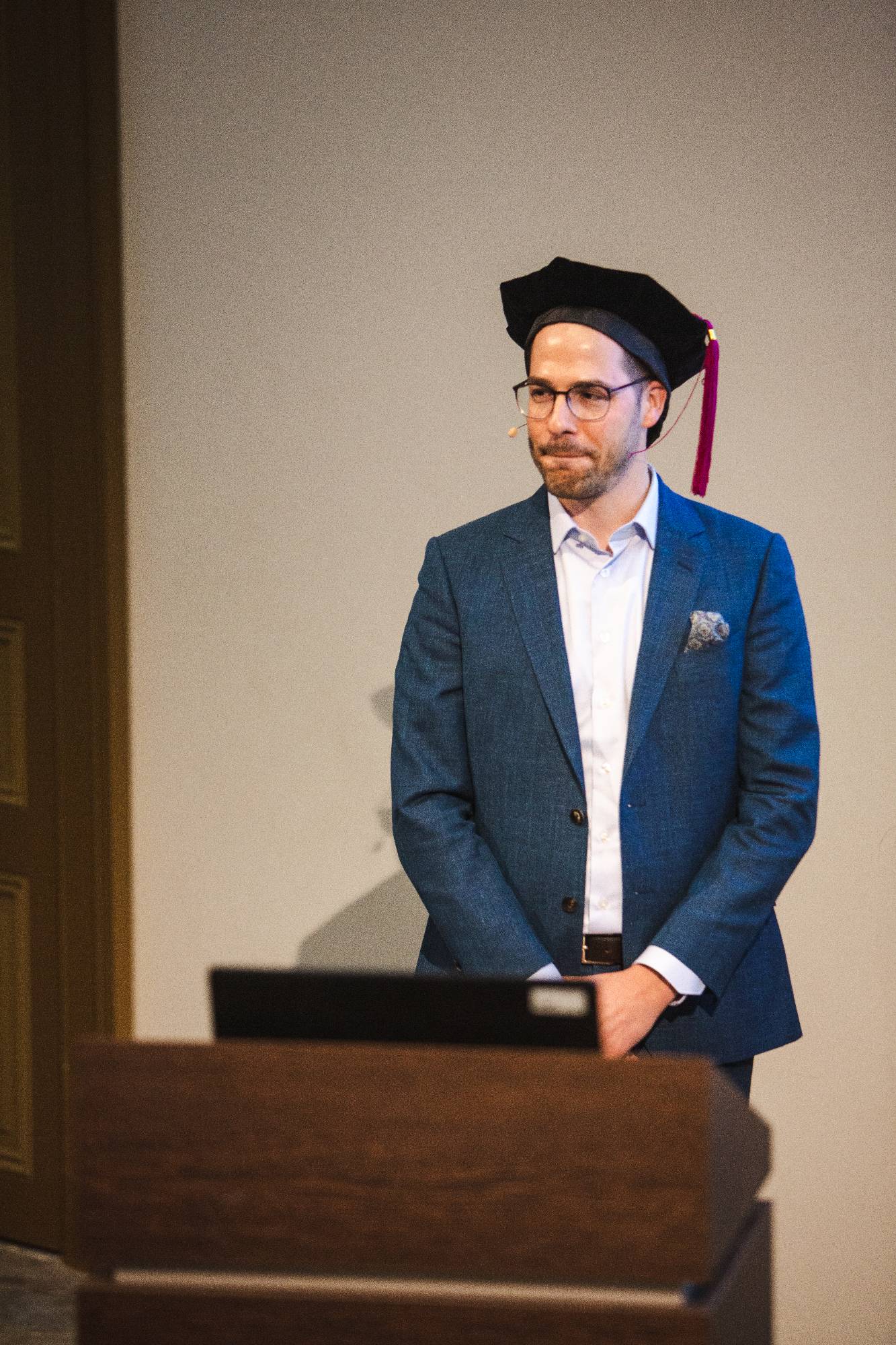Pieter Deseyne: “Prone alone”
 In most centers around the world, radiotherapy for breast cancer is performed with the patient in supine position. Nevertheless, there are well described benefits to placing the patient in the prone position, such as more homogeneous irradiation of the breast, but also lower doses to the healthy tissues such as the heart and lungs. One of the disadvantages of prone positioning, is that the device that supports the patient usually does not allow irradiation of the regional nodes, because the device is positioned between the target and the radiation source.
In most centers around the world, radiotherapy for breast cancer is performed with the patient in supine position. Nevertheless, there are well described benefits to placing the patient in the prone position, such as more homogeneous irradiation of the breast, but also lower doses to the healthy tissues such as the heart and lungs. One of the disadvantages of prone positioning, is that the device that supports the patient usually does not allow irradiation of the regional nodes, because the device is positioned between the target and the radiation source.
For this reason, a novel positioning device was developed, i.e. the prone crawl couch. This device has a special design that allows irradiation with unobstructed access to the regional nodal areas. The topic of this dissertation is the clinical implementation of this positioning device, using 3 preset goals.
These goals were 1) decreasing setup errors and increasing patient comfort using the prone crawl position as compared to existing prone positioning methods, 2) demonstrating feasibility of whole breast and regional nodal irradiation in prone position, and assessing the dosimetrical impact of this treatment as compared to existing techniques, and 3) showing the applicability and robustness of deep inspiration breath holding for whole breast and regional nodal irradiation in prone position. We discuss these 3 goals using 3 separate peer reviewed publications.
First, the new support device was shown to indeed decrease setup errors, whilst also improving patient comfort as compared with existing support materials.
Second, feasibility was shown for whole breast and nodal irradiation in the prone crawl position, where it lead to less dose to the lungs, thyroid, contralateral breast and esophagus, without increased dose to the heart. And lastly, it was shown that deep inspiration breath holding was not only feasible, but also reproducible and robust. Further research remains of interest, e.g. by gathering evidence on larger patient groups, but research into perfecting the deep inspiration breath holding also looks promising.
The logistical impact of the new positioning technique can also be investigated further, e.g. by looking at the time per treatment session. Lastly, this technique can also be investigated in other indications, such as after mastectomy, or for use in proton beam irradiation.
